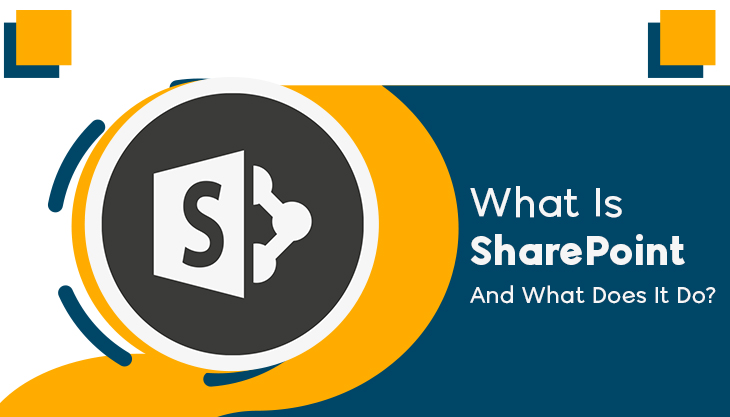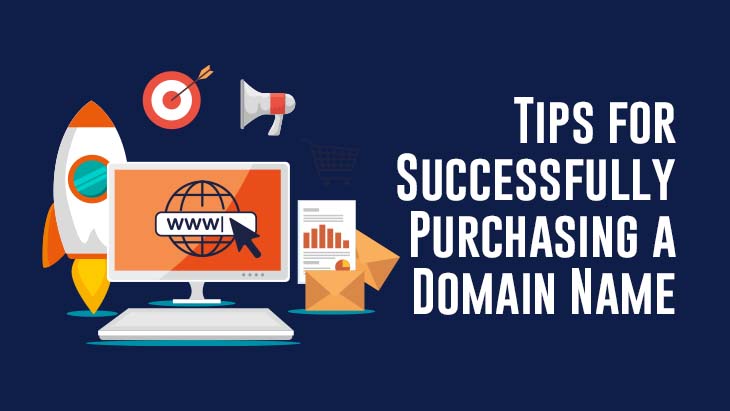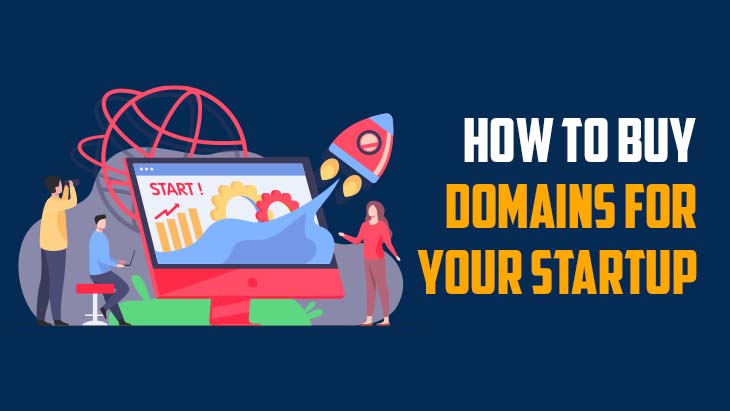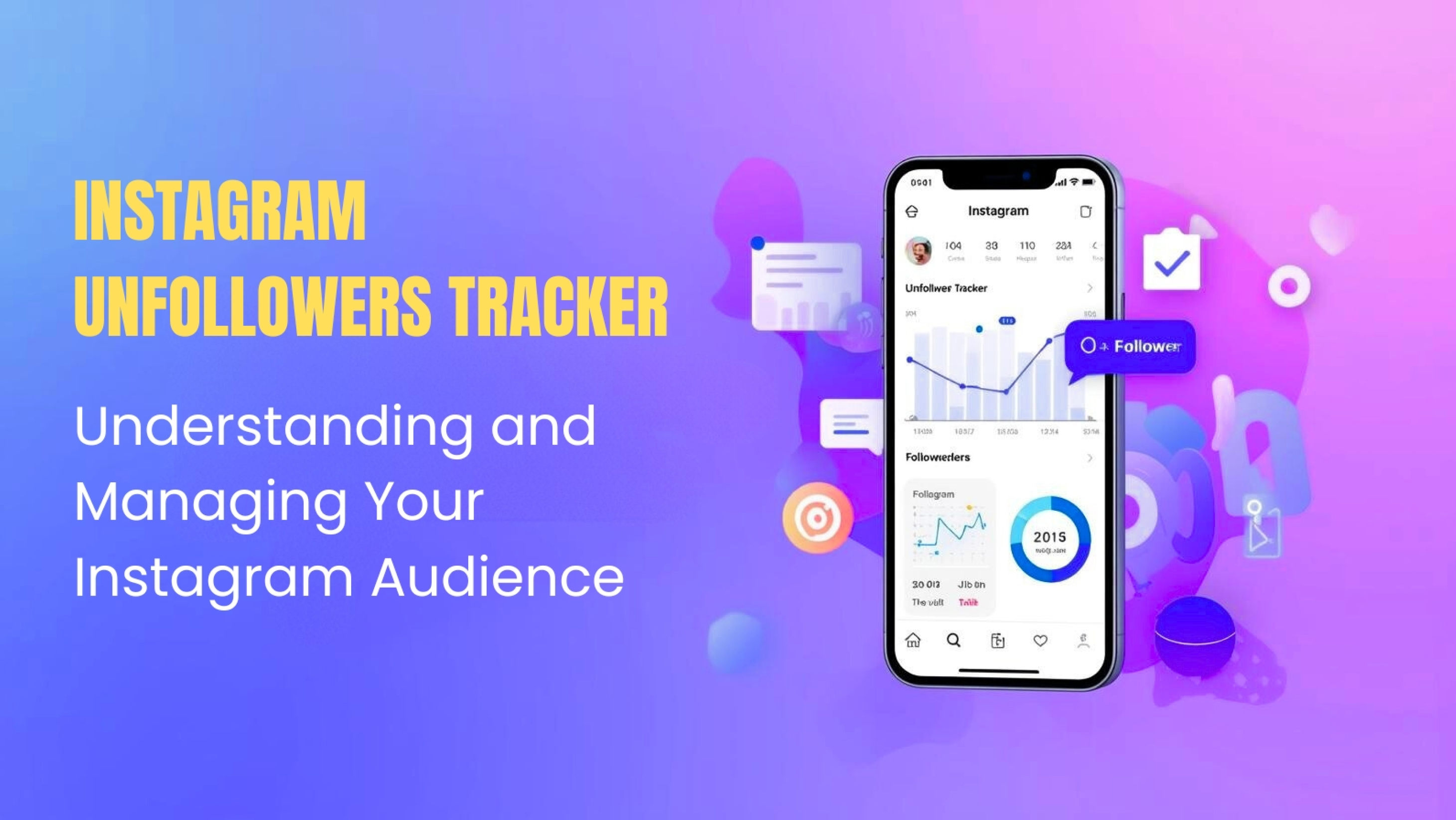What Is SharePoint?
Organizations construct web pages with Microsoft SharePoint. It may be used to store, organize, share, and access information securely from any device. A web browser such as Microsoft Edge, Internet Explorer, Chrome, or Firefox is all you need.
Microsoft SharePoint is an industry-leading document management and collaboration platform. It's essentially an intranet and content management system utilized for internal purposes, such as secure document management, collaboration opportunities, and more. SharePoint is a multifunctional set of technologies that is linked with Office 365 and includes useful document management features.
In this article, we will learn all about SharePoint, so without further ado, let’s get right into it
Use of SharePoint
1. Collaboration
SharePoint is a web-based platform that allows users to submit documents and share them with those who need to access them right away. They can also have their own personal storage space, known as a OneDrive, where no one can see a document or file they upload until they "share" or give other users access to it.
This simplifies the process of allowing a group of coworkers to view a published document–but it doesn't have to be. The above-mentioned approval and workflow tools can be used to govern how documents are shared and how employees work with data in their businesses.
SharePoint is frequently used by businesses to share company-wide information like HR paperwork, announcements, and memos.
2. Content Management
SharePoint provides various options for adding information to files for sorting, organizing, and tracking business content. More crucially, as a platform, SharePoint can impose tags on content as it is uploaded to collaboration spaces by business users. As part of this procedure, they can also require end-users to supply metadata about documents.
For more than a decade, the majority of Fortune 500 organizations have relied on the SharePoint platform, which has grown into a multibillion-dollar market. SharePoint and SharePoint-based services are becoming more important across all industry sectors, thanks to the enhanced features of SharePoint Online as part of the Office 365/Microsoft 365 Cloud Application, as well as tie-ins to services like Flow, Office 365 Groups, and Teams.
3. SharePoint Farm
Simply put, a SharePoint farm is a group of servers that collaborate to fill SharePoint responsibilities and make SharePoint function. If you're unfamiliar with the concept, consider roles to be separate jobs that each demand specific talents. When you're ready to install SharePoint, you assign one or more roles to each server on your farm.
A team working together toward the same objective (yeah teamwork!) is a good illustration of roles. Consider a restaurant staff. In a restaurant, you have the host to seat guests, the waiter who takes the patron’s order and ultimately gives them their food, and the kitchen workers who make the meal. If the host is removed, the patron will never be seated.
There are three roles in SharePoint (formally defined in the SharePoint installation wizard alongside a few new roles in SharePoint Server 2016). The Web Front End (WFE), Application Server, and Database Server are the three responsibilities.
SharePoint has several useful features built-in, including real-time co-authoring, powerful tagging features to make searching for content easier, anywhere-anytime access (all you need is an Internet connection) for any device, and powerful integration with your current Office 365 environment, allowing you to be more productive during the day.
What Is SharePoint Today?
SharePoint is now interoperable with Windows, macOS, Android, iOS, and web browsers, building on its strengths. Although the site concept remains the same, recent versions have added the option to add apps to the site. Third-party developers can even sell their own products on the marketplace.
SharePoint Technologies or Products
1. SharePoint Online
A Microsoft-hosted cloud-based service. Microsoft 365 plans or the standalone SharePoint Online service are available to businesses of all sizes.
2. SharePoint Server
SharePoint Server is a powerful tool that may increase productivity for you and your team. SharePoint Server 2019, Microsoft's next-generation server product, is designed to help you achieve new levels of dependability and performance.
3. SharePoint Designer 2013
It's a free application that was last updated in 2013. This is a tool for developing SharePoint applications quickly.
4. OneDrive
Microsoft's OneDrive is a cloud storage service. It is available as a free service or for storing, synchronizing, and sharing data across numerous devices.
Advantages of SharePoint
1. SharePoint Can Assist in the Automation of Routine Tasks
SharePoint Workflows save you time and effort while also bringing consistency and efficiency to routine processes in your business. SharePoint Workflows are a series of events that occur after you perform a task on a document or file in your SharePoint environment.
SharePoint can assist you in automating routine processes like as collecting signatures or approvals, maintaining document statuses, receiving notifications when anything changes, and more.
2. SharePoint is Protected
Microsoft is concerned about security. Their Cloud computing operations identify 1.5 million attempts to breach their systems every day, thus they have a $1 billion security budget.
This emphasis on security pervades Microsoft's whole business, including its SharePoint platform. SharePoint has several built-in security features, including the ability to limit who can see your content outside your organization, set permissions on who in your organization has access to certain things, create policies to allow or block certain user behavior, and allow or block your team's access to content based on your their location.
SharePoint Licensing
There are several SharePoint licensing choices available, including two online solutions and one on-premise solution. These three approaches are outlined and explored in greater detail below:
1. Plan 1 of SharePoint Online
This is SharePoint's cloud-based version. It can be sold separately or as part of a package with other Office 365 licenses. SharePoint Online offers a number of distinct packaged choices, allowing you to pick and choose the SharePoint server functionality you want to use.
A Few Words on SharePoint Online: This is SharePoint's cloud-based version. You don't have to install anything on your present server, and you may use it from anywhere at any time.
2. Plan 2 of SharePoint Online
With SharePoint Online Plan 2, you'll get a full-featured SharePoint Online with enterprise capabilities, with all of the benefits of SharePoint Online (Plan 1) plus more, such as Content Management, Search Functions, In-Place Holds, and Advanced Data Loss Prevention (DLP), which helps you identify, monitor, and protect sensitive data.
3. Office 365 E3
The Office 365 E3 license gives you access to the full capability of Office apps, as well as sophisticated communications, document sharing, compliance, and IT management tools. Aside from conventional capabilities, you'll get access to business solutions (such as Access Services), application integration, and business intelligence tools (such as PowerApps and Power Automate) to help you automate repetitive activities.
All of the above, as well as advanced scenarios for business intelligence, application integration, and Office services, are available with this enterprise license.
SharePoint experts' main tasks:
1. Custom Development
SharePoint developers are primarily responsible for bespoke development.
Solutions.
Intranets, portals, document management systems, contract management systems, learning management systems, ticketing and helpdesk systems, and more are all created by SharePoint professionals.
Add-ins.
Developers provide ready-to-use add-ins to extend the functionality of intranets or portals for commercial or social purposes.
Features.
Individual bespoke features, such as workflows, web components, site layouts, and other elements, can be created by SharePoint pros. They build custom workflows to automate difficult procedures like non-linear multistep invoice approval, for example.
2. Migration
Development work is usually necessary when upgrading a customized third-party or SharePoint solution to a newer version of SharePoint Server or SharePoint Online. SharePoint developers assist in preserving the initial customizations in a new solution in this case.
3. Branding
Branding may assist a company to foster a feeling of community and encourage user adoption. And SharePoint experts are frequently requested to provide a solution that does not resemble SharePoint. As a result, developers use SharePoint modification.
They alter platform elements such as logos, styles, colors, master pages, and page layouts to provide business intranets and extranets a distinct appearance and feel.















